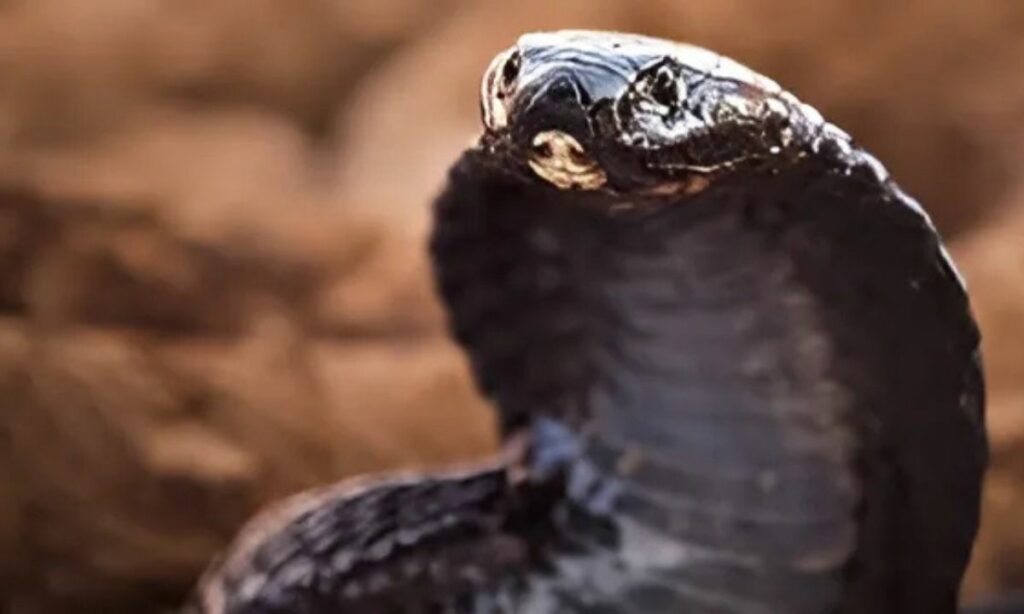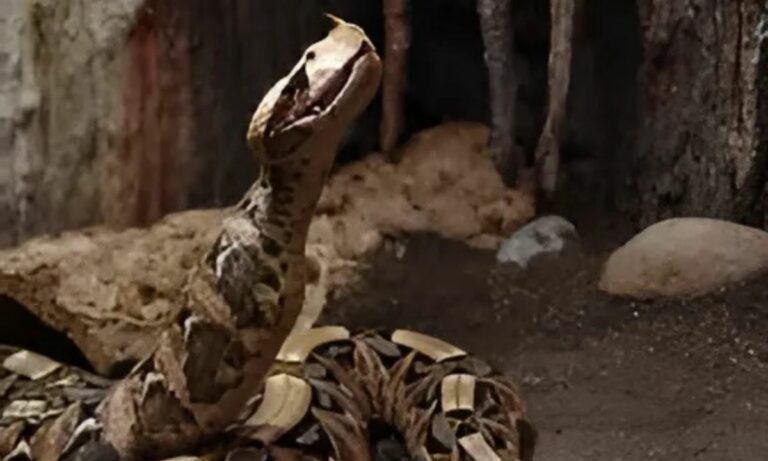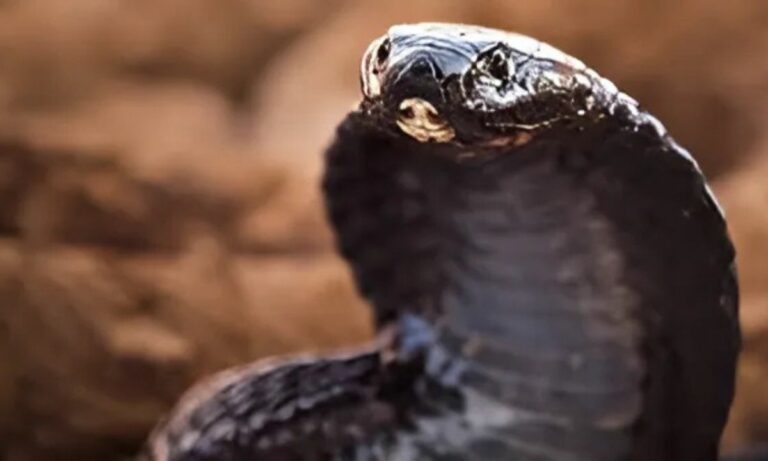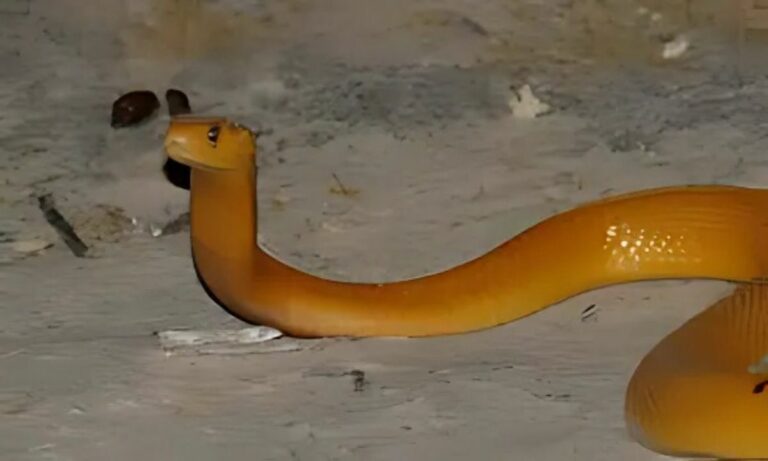Is the Black-necked spitting snake venomous? Where is it found?
The Black-necked spitting snake, scientifically known as Naja nigricollis, is one of Africa’s most fascinating — and feared — snakes. Belonging to the family of spitting cobras, it stands out for its distinctive dark neck coloration and, of course, its ability to spit venom as a defense mechanism.
Where can you find this snake?
This species is native to the African continent, particularly common in sub-Saharan regions. You can find the Black-necked spitting snake in countries like:
- Nigeria
- Uganda
- Kenya
- Angola
- Cameroon
- Democratic Republic of the Congo
So, if you’re planning a trip to rural areas in these countries, yep — keep an eye on the ground and tall grass, just in case.
Is the Black-necked spitting snake venomous?
Absolutely — and highly! This snake carries a venom that is both neurotoxic and cytotoxic. That means it can affect the nervous system and damage tissues. What really sets it apart, though, is that it doesn’t need to bite to cause harm. It can accurately spit venom up to 2 meters away — aiming straight for the eyes.
If the venom gets into the eyes of a human or predator, it can cause intense pain, swelling, and even permanent blindness if not rinsed and treated immediately. So, yeah — definitely not a snake you want to mess with.
How does this snake behave?
The Black-necked spitting snake tends to be shy but will become highly defensive when threatened. It prefers savannas, dry grasslands, and bushy areas, though it’s surprisingly adaptable. It’s not uncommon to find it in urban and semi-urban areas, especially in rural buildings, farms, and storage sheds.
Typical behaviors
- Mainly active at night
- Avoids confrontation
- Spits venom defensively
- Hides in holes or abandoned burrows
What does it eat?
Its diet is pretty flexible, which helps it thrive in different environments. The Black-necked spitting snake feeds on:
- Rats and small rodents
- Smaller reptiles
- Birds and eggs
- Frogs and other amphibians
This makes it somewhat useful in controlling pest populations — although its venomous nature makes it a serious threat in close contact.
Fun facts about Naja nigricollis
Okay, spitting venom is already wild, but here are a few more things you probably didn’t know:
- Aims venom directly at eyes
- Flares its hood as a warning
- Can act more aggressively during mating season
- One of the most studied African cobras
If you’re wondering what to do in case of an encounter, here’s the golden rule: don’t provoke it, don’t try to catch it, and keep your distance. If venom gets in the eyes, flush with water immediately and seek medical help.



